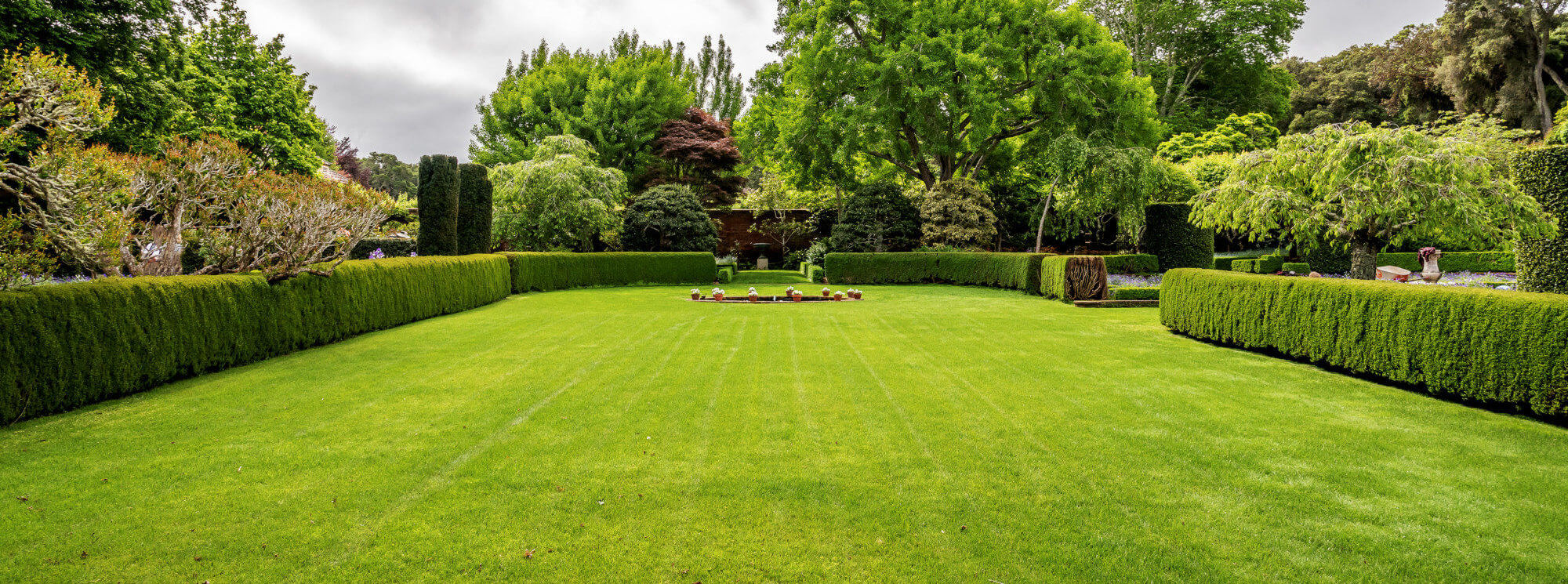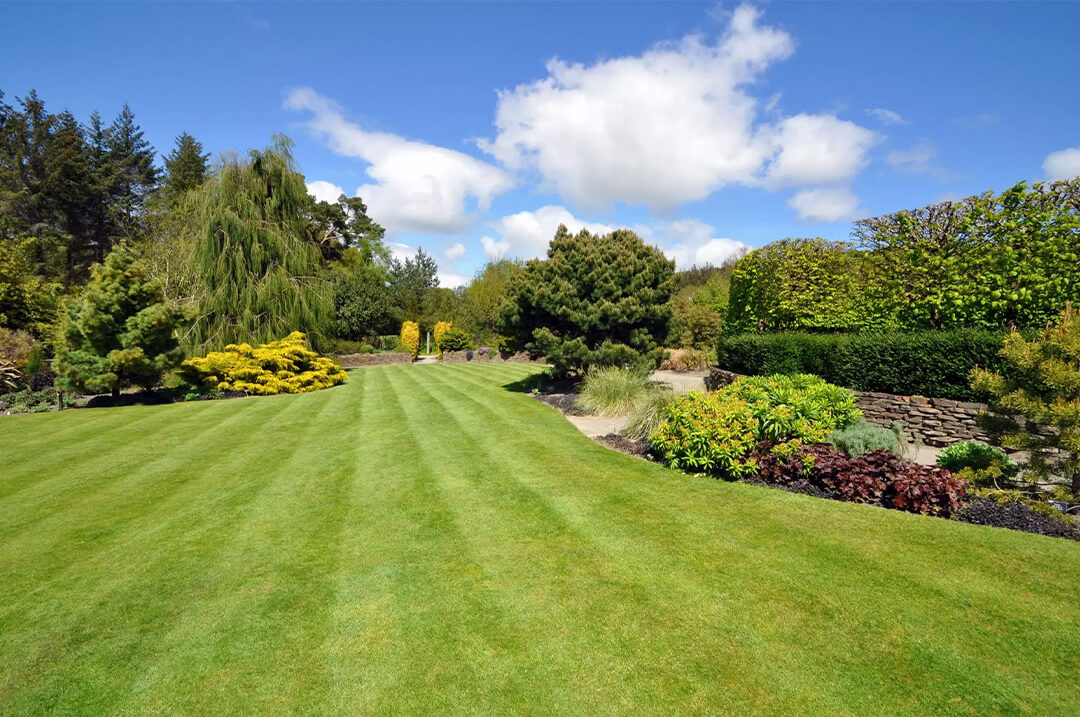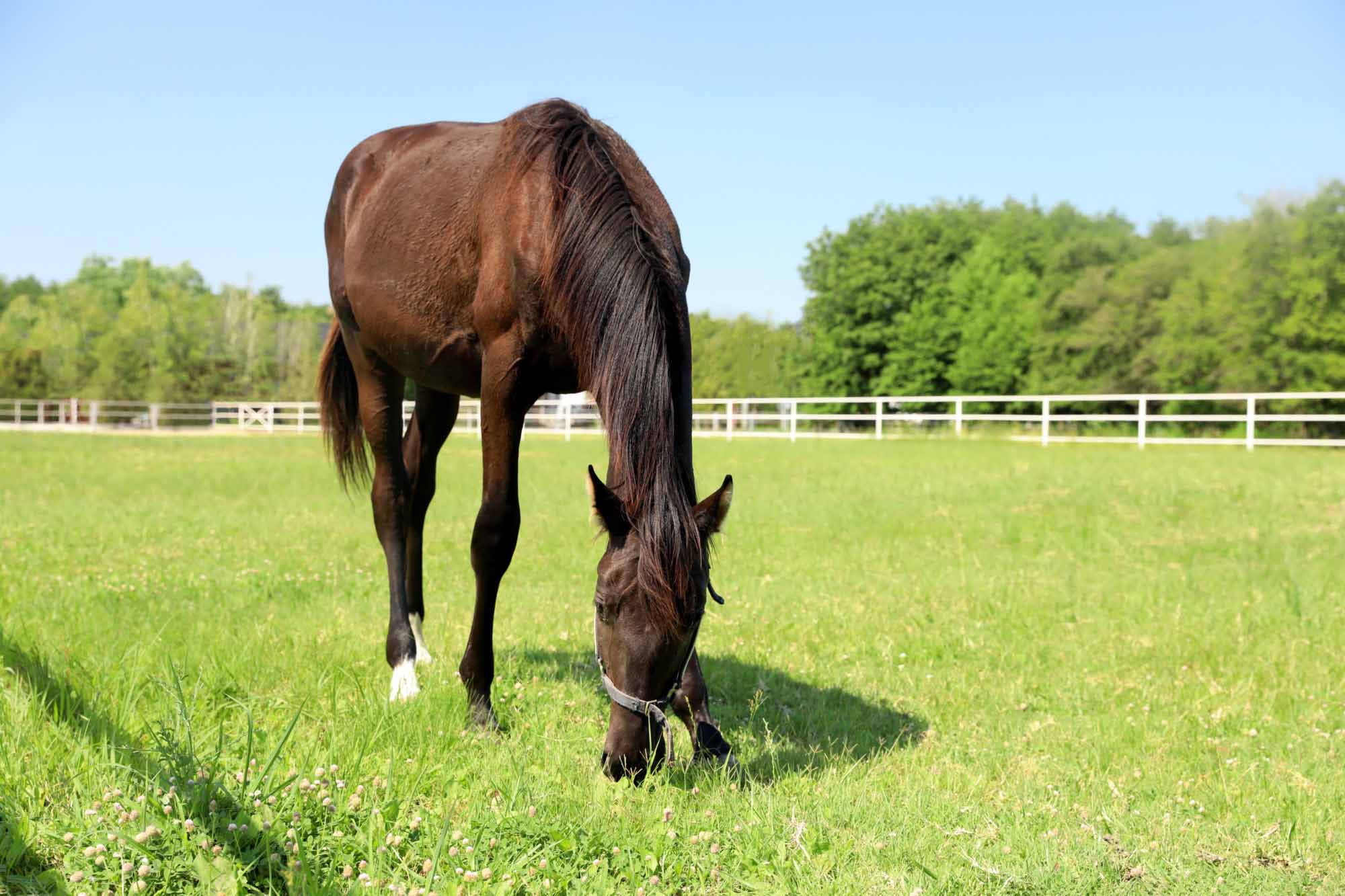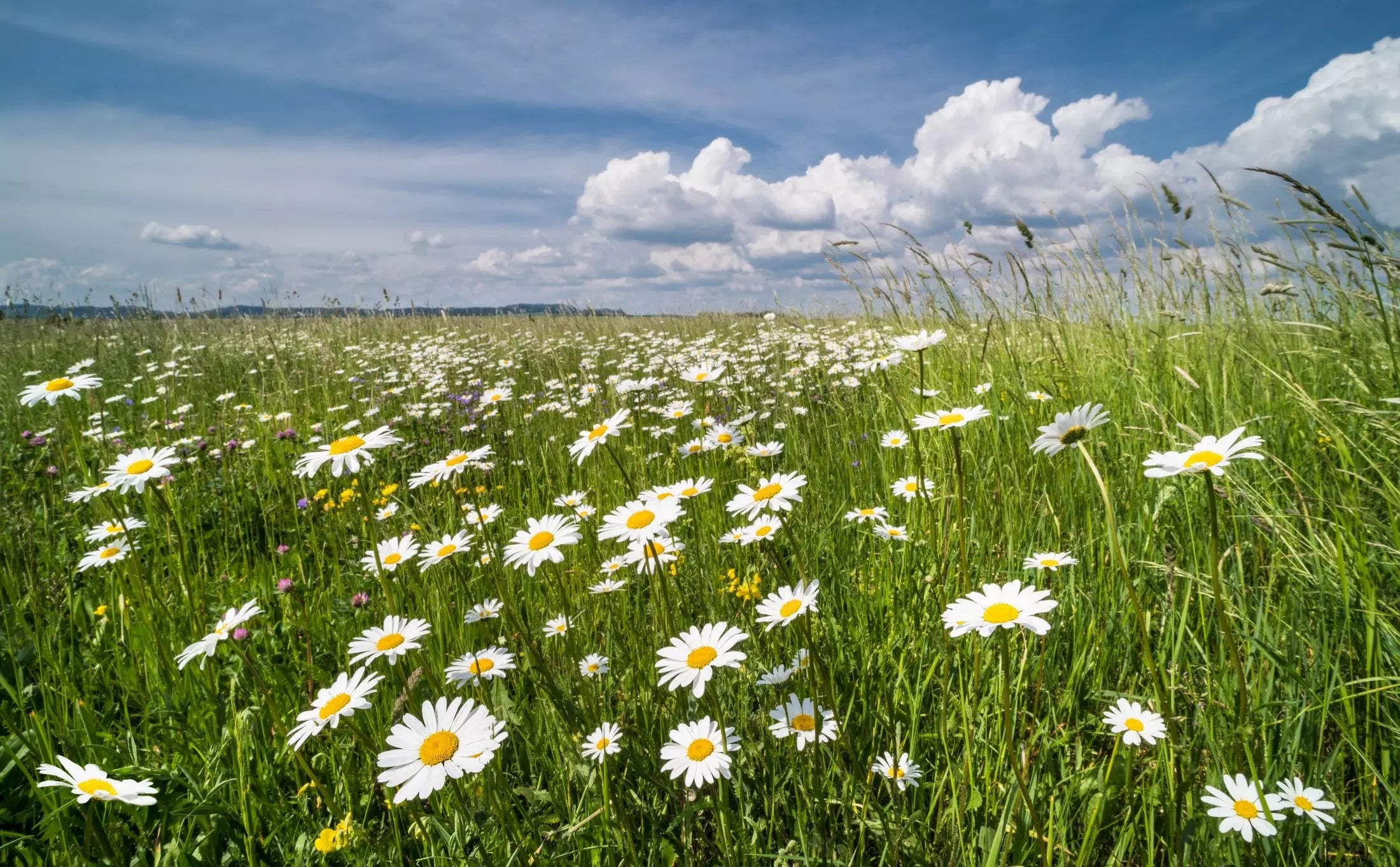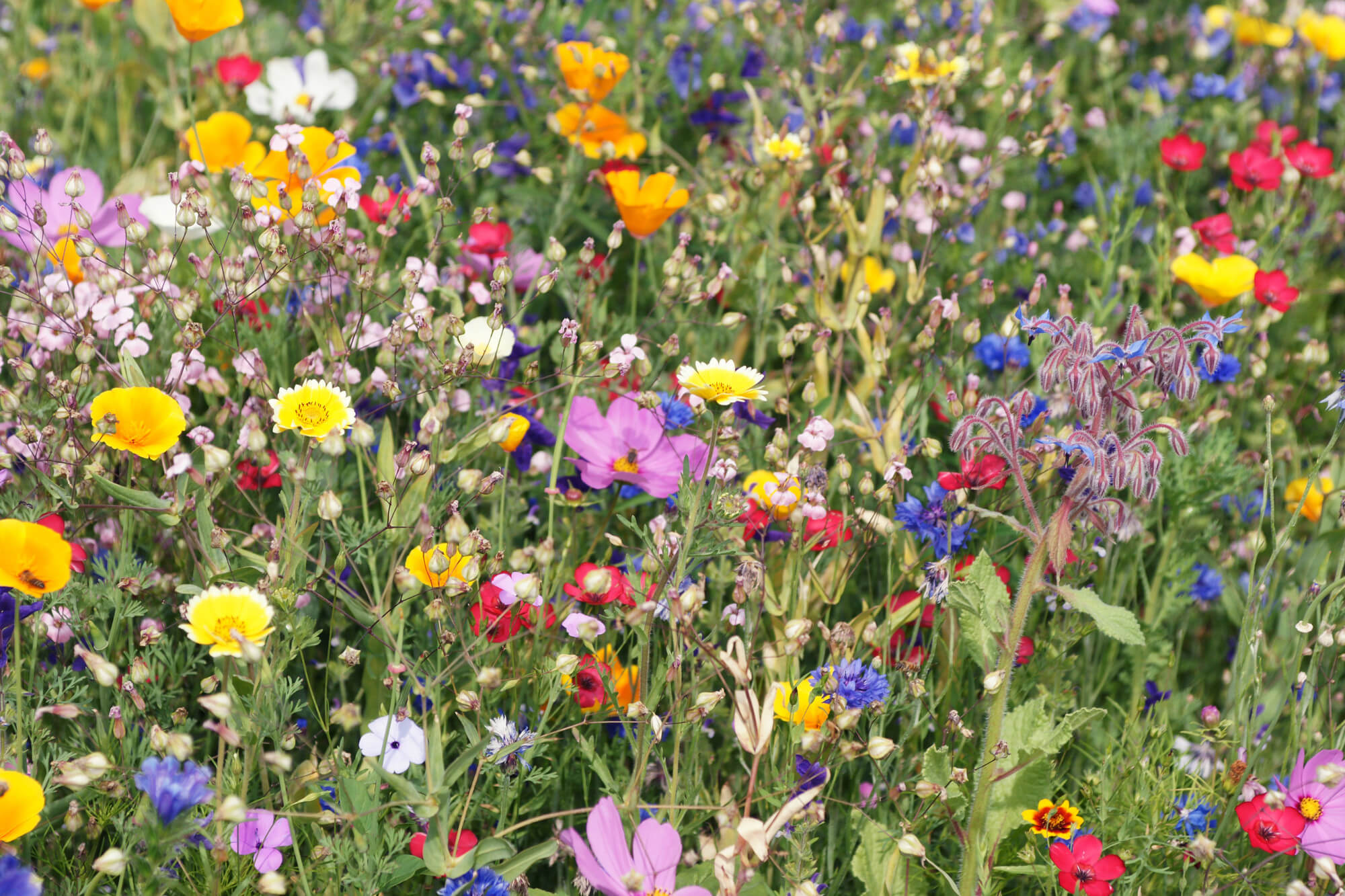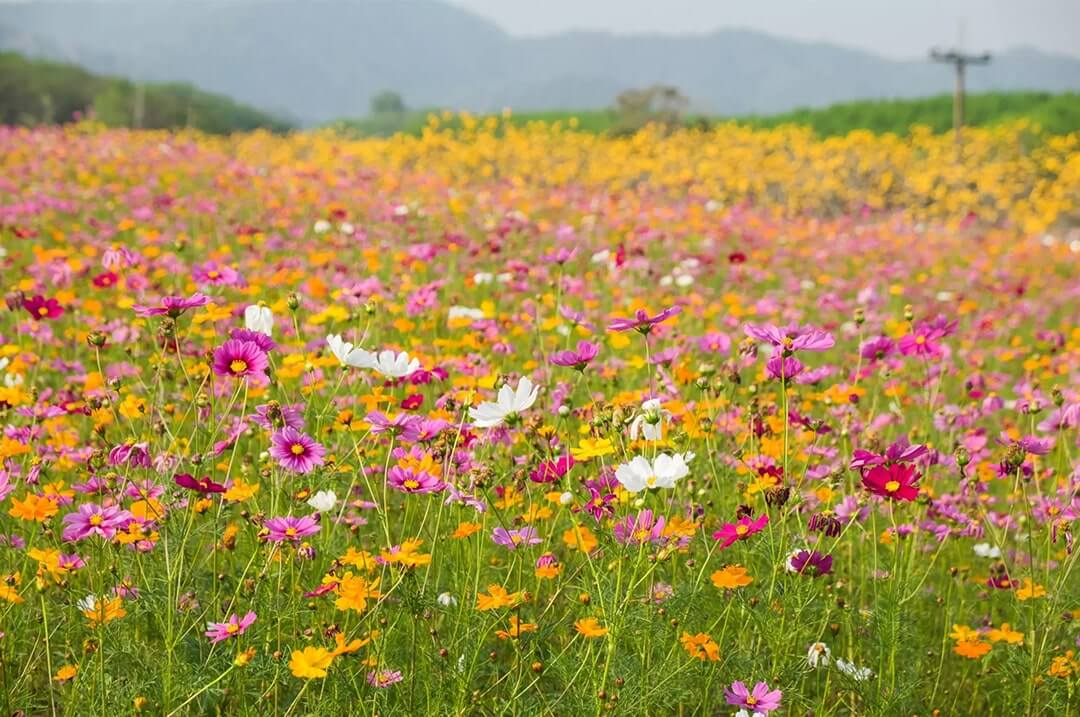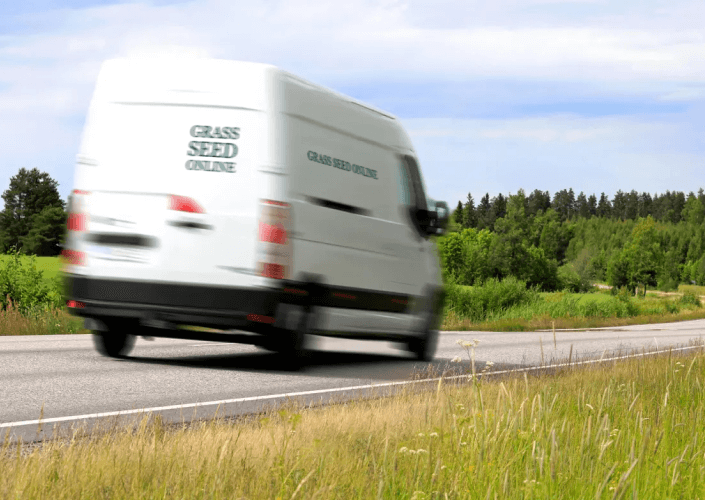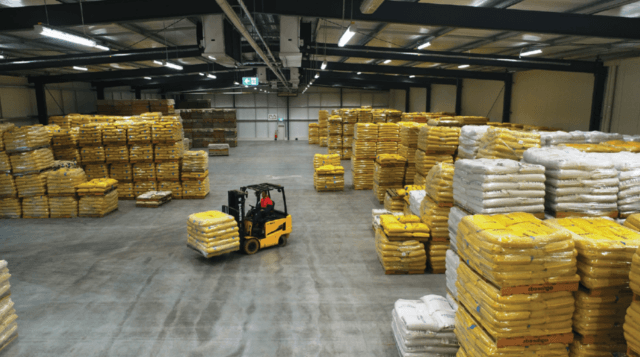Slender Creeping Red Fescue (Festuca rubra subsp. litoralis) is a perennial grass species known for its fine texture, resilience, and ability to form dense, creeping sod. It is very tolerant of saline conditions and commonly grows in coastal locations. The latin name litoralis translates to 'seashore', which indicates is suitability for saline conditions.
Slender Creeping Red Fescue Appearance:
- Height: Typically grows to a height of 20-70 cm.
- Leaves: The leaves are fine, narrow, and dark green, usually 0.5-1.5 mm wide and up to 30 cm long. They have a slightly rough texture.
- Flowering Head: The flowering head is a loose, open panicle that can be 5-15 cm long. It has a delicate, airy appearance with branches that spread outwards.
- Spikelets: The spikelets are small, green to purplish, and loosely arranged along the branches of the panicle. Each spikelet contains several florets.
- Roots: Slender Creeping Red Fescue has a vigorous rhizomatous root system, which allows it to spread and form dense sod.
Slender Creeping Red Fescue Habitat:
- Soil Preference: Prefers well-drained, fertile soils but can tolerate a wide range of soil types, including sandy, loamy, and clay soils. It grows well in both acidic and alkaline soils. Very tolerant of salt conditions and is therefore often found growing on coastal locations.
- Light Requirement: Grows well in full sun to partial shade. It is commonly found in meadows, pastures, lawns, and along roadsides.
- Habitat: Thrives in cool, temperate climates and is often used in lawns, sports fields, and for erosion control.
Amazing results


FAQs
Use this text to answer questions in as much detail as possible for your customers.
About Grass Seed Online
Your trusted source for quality grass and wildflower seed. Backed by Barenbrug, global experts since 1904. Buy with confidence. Grow with confidence.




